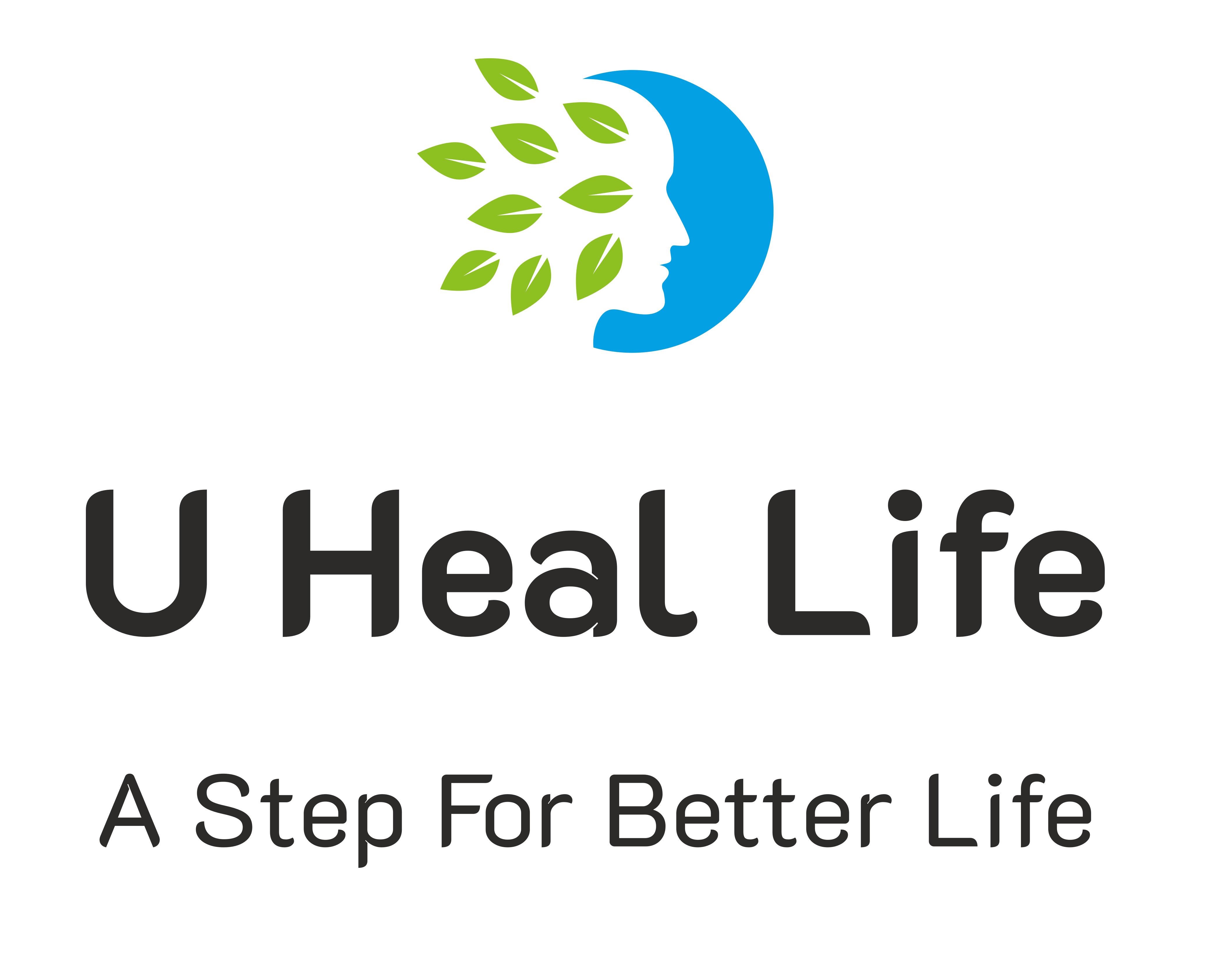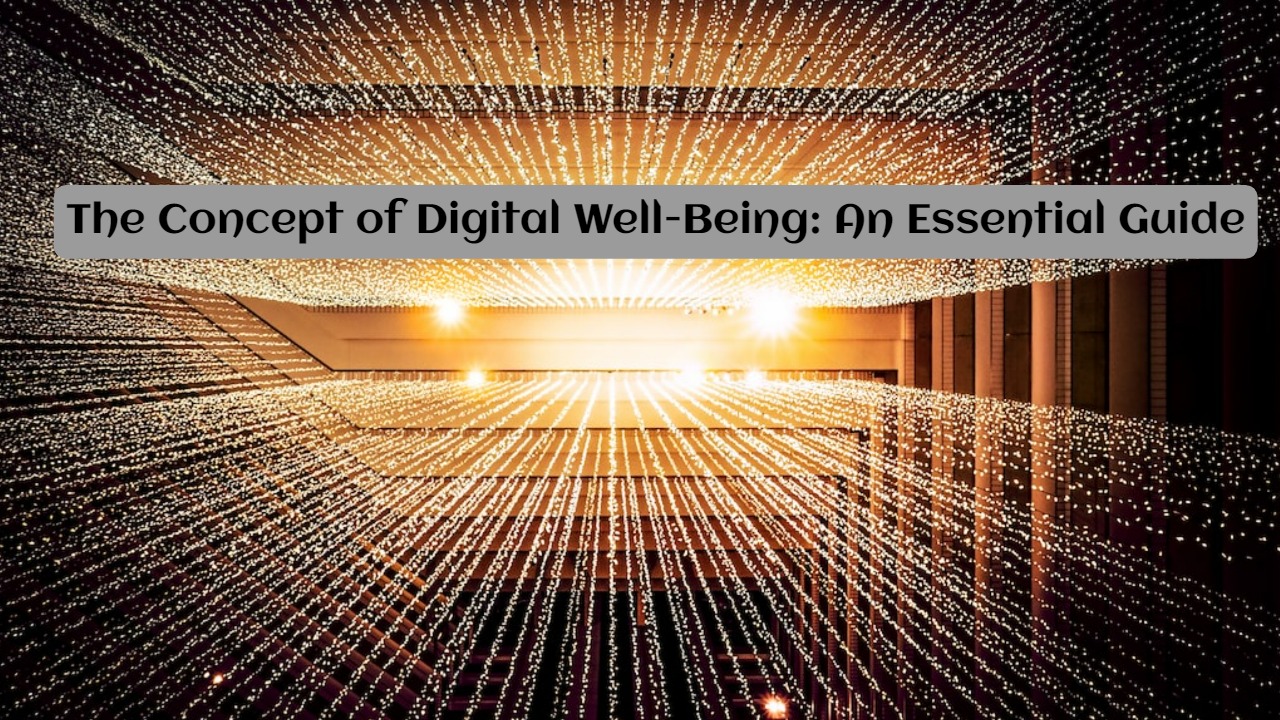The Concept of Digital Well-Being: An Essential Guide
In today’s fast-paced digital world, where technology has become an integral part of our lives, the concept of digital well-being has gained significant importance. With the increasing prevalence of smartphones, social media platforms, and constant connectivity, it is crucial for individuals to understand and prioritize their digital well-being. In this blog post, we will delve into the meaning of digital well-being and explore strategies to maintain a healthy relationship with technology.
Understanding Digital Well-Being
Digital well-being refers to the state of individuals’ overall health and happiness in the context of their digital lives. It involves finding a balance between utilizing digital tools and resources for personal growth while avoiding the negative effects of excessive screen time, digital distractions, and online overconsumption.
Digital well-being encompasses several dimensions, including physical health, mental well-being, emotional balance, social connections, and digital literacy. It emphasizes the need to ensure technology enhances rather than hinders our lives.
Importance of Digital Well-Being
With the increasing reliance on technology for work, communication, and entertainment, neglecting digital well-being can have negative consequences. Unmanaged digital habits may lead to physical health issues such as eye strain, posture problems, and sedentary behavior. Moreover, excessive screen time can adversely affect mental health, contribute to anxiety, sleep disturbances, and social isolation.
By nurturing our digital well-being, we can boost our productivity, creativity, and overall happiness. It enables us to make informed choices, control our digital consumption, minimize distractions, and maintain meaningful relationships in both the digital and physical worlds.
Strategies for Maintaining Digital Well-Being
1. Set Digital Boundaries
Establishing clear boundaries between your digital life and personal life is crucial for maintaining balance. Set specific time limits for using digital devices and allocate breaks throughout the day. Create device-free zones in your home and switch off gadgets at least one hour before bedtime to promote better sleep.
2. Cultivate Mindful Digital Habits
Practicing mindfulness can help develop healthier digital habits. Be aware of your digital consumption patterns and how they make you feel. Assess whether your online activities align with your values and goals. Engage in activities that promote personal growth, such as reading e-books, educational podcasts, or online courses.
3. Prioritize Sleep and Physical Health
Ensure that your digital activities do not interfere with quality sleep. Avoid using electronic devices right before bedtime, as the blue light emitted by screens can disrupt your sleep patterns. Regular exercise and outdoor activities should also be prioritized to counteract the sedentary nature of screen time.
4. Foster Meaningful Relationships
While technology provides opportunities for connection, aim for quality over quantity. Prioritize face-to-face interactions and allocate time for meaningful relationships outside of the digital realm. Engage in activities that promote social well-being, such as volunteering, joining clubs, or participating in community events.
5. Develop Digital Literacy Skills
Enhancing your digital literacy can help you navigate the digital world more effectively. Stay informed about privacy settings, security measures, and online threats. Evaluate the credibility of information sources before believing or sharing them. Being digitally literate empowers you to make informed decisions and protect yourself online.
Conclusion
Digital well-being is an essential concept that we must actively prioritize in our lives. By establishing boundaries, cultivating mindfulness, prioritizing sleep and physical health, fostering meaningful relationships, and developing digital literacy skills, we can maintain a balanced relationship with technology. Understanding and practicing digital well-being will enable us to thrive in our increasingly digital world and lead happier, healthier lives both online and offline.

